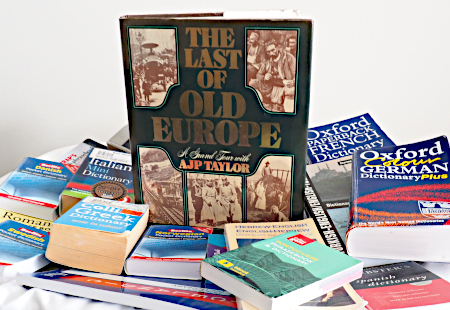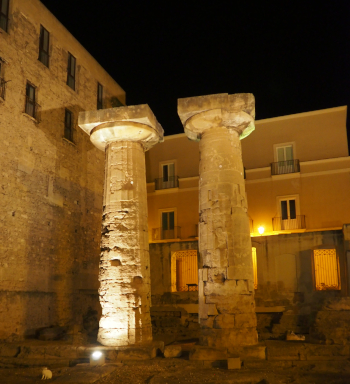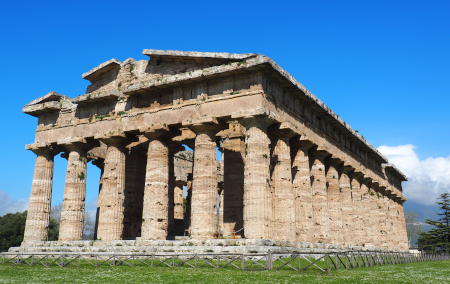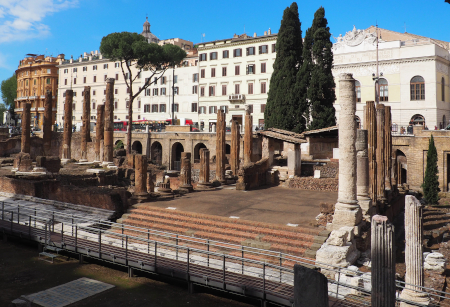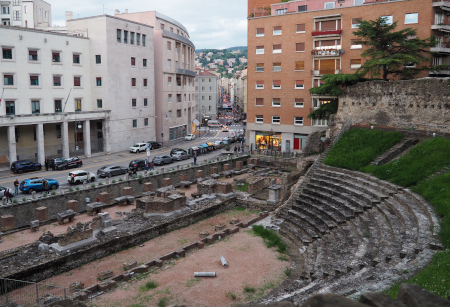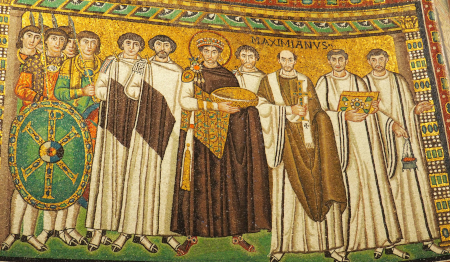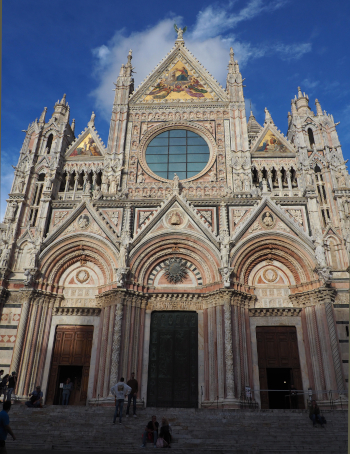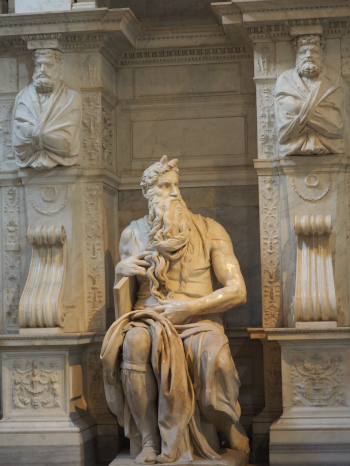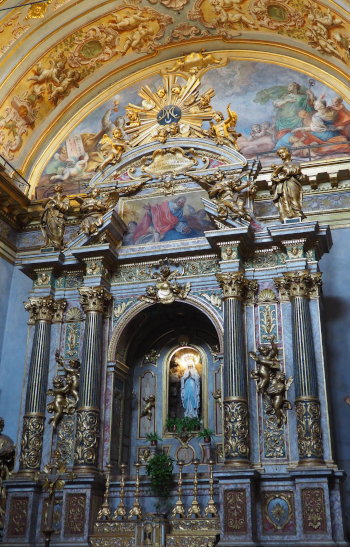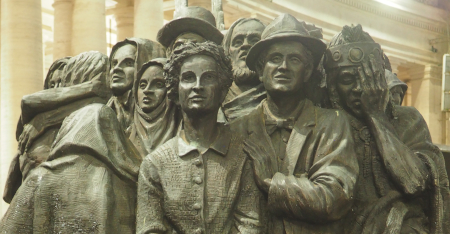
Reflections on Vancouver, British Columbia and other topics, related or not
Revisiting The Last of Old Europe
The continent’s going under for the third time.
Canada’s finished
Greg Klein | January 18, 2024
A derelict souvenir shop in the derelict Cypriot resort of Varosha/Maras.
(All photos: Greg Klein 2023)
A 1976 collection of photos with an intro by A.J.P. Taylor presented a pre-WWI “grand tour” from Iceland to Turkey and Scandinavia to Sicily. The Last of Old Europe shows great variety in what’s been lost: some images are posed but most are candid; there are street scenes, harbour settings, industrial sites and cityscapes; individuals, groups and crowds; people at work, leisure or involuntary idleness; rich, poor, neither; happy, sad, neither; mementos of long-held tradition and signs of encroaching modernity but—until the final chapter—little or no indication of the coming cataclysm.
A visitor to new Europe can witness eerie parallels. If Europe survived WWI (a debatable proposition), it destroyed itself even more thoroughly a few decades later. Then, gradually at first, the post-WWII years took on another form of self-destruction that rejected Europe’s heritage. This third cataclysm could be the last, not just of old Europe but of Europe period—in other words, the last of any semblance of Western civilization.
Such is a repeat visitor’s impression. And that’s before returning to our even more thoroughly forsaken land.
But Europe! Its preponderance of historic sites, historical reminders and overall historical ambiance can have a thrilling if sometimes overwhelming effect, even on travellers with repetitive tourist syndrome.
Italy might be the best example, with layer after layer of history and culture, despite the exhausting surfeit of Baroque design and surprisingly bad pizza. Even now, at unprecedented levels of tourism, Italy’s allure continues, especially since the over-crowded locations can be predicted: Venice, Florence, Pisa and Rome, maybe also Milan and San Gimignano. That still leaves lots, although during peak season most of the country should probably be avoided.
A grand tour in one country: Archaic Greece in Taranto…
But during off- or shoulder seasons outside the best-known destinations, crowds aren’t bad, if they exist at all.
That might not last, though. As late as 2011 Venice, of all places, actually had an off-season (mid- to late January) that seemed to evoke travel before the age of mass tourism. Except for its capital cities, Europe generally experienced a tourism slump up to about 2017 or 2018. After that crowds expanded, then just about exploded with the arrival of big, big numbers of big, big Chinese tour groups. Not just their multitudes, but their behaviour demeaned travel. With almost uncanny consistency, Chinese tourists resemble robotic parodies of affluent peons who want nothing more than to photograph themselves.
Classical Greece in Paestum...
Their onslaught continued into December 2019. But by February 2020 the Chinese were gone. No doubt they knew full well what the world was coming to.
A few countries re-opened in late 2021, and more in early 2022. Tourism really picked up by the end of that year and, in 2023, Americans arrived (after a very long absence from this continent) in mobs that replaced the pre-Covid Asiatic hordes.
But as with Chinese, Americans’ destinations can be predicted and therefore avoided. In some places during the shoulder season, a traveller might be the only foreigner present.
the Roman Republic in Rome...
As for Europe’s historic sites, they sometimes have a museum aspect, in the sense of an artifact disconnected from its context. But often they express continuity. Of course churches generally present the greatest surviving monuments to heritage, but charming streets lined with vernacular architecture also suggest a living link with the past. And a visitor from the New World can only wonder what it’s like to live so close to antiquity, for example as locals walk past a neatly excavated Roman theatre on their way to work.
Modern Europe, too, generally remains much more agreeable than Canada. People often seem more alert, intelligent and pleasant (outside of Lithuania), as well as happier (outside of Lithuania).
the Roman Empire in Trieste...
Even so, there are indications of not so much a cataclysm to come, but one that’s underway. Hungary, Slovenia and maybe other parts of central Europe could be holding out. Paris, on the other hand, is deeply depressing—all the more so for seeming to presage the continent’s future.
So dire is the outlook that the future might not produce people like A.J.P. Taylor to write any post-mortems. For the time being we’ll have to be satisfied with books like The Strange Death of Europe by Douglas Murray, one of several analysts with pre-autopsy insight.
Byzantium in Ravenna...
But back to Italy, much to the surprise of anyone who’s spent a Sunday afternoon in a museum full of Fellini-esque pre-teens, that country has Europe’s lowest birthrate and the world’s sixth-lowest. (South Korea and four small, somewhat Westernized southeast Asian countries rank a bit lower.) Meanwhile Italy has the busiest port of entry for Europe’s Nakba of “asylum seekers.”
Such as it is, Italy’s birthrate has a significant non-white component, no mean feat since almost all the Africans and Arabs hanging around the streets and parks, in pretty much all the cities and towns I saw from north to south, are male.
Gothic in Siena...
Despite its distance from southern entry points, northern Europe undergoes even greater harm. Former near-idylls like Malmo, Sweden, now suffer from organized crime, street crime and random anti-white violence. German cities are often unsafe for women. Turks in the Netherlands continue that multicultural blessing. Non-white rioting is fairly routine in France and common enough elsewhere. France’s banlieues might be better known but lots of Western European cities have no-go districts for whites. Then there’s Rotherham and the list goes on and on.
For decades, a tired theme of European news reports has been the “rise of far-right political parties.” Yet conventionally destructive characters continue to hold power. France’s Muslims and its mainstream can out-vote any Le Pen sentiment. Even if the Alternative for Germany achieves some electoral success, it can accomplish little. Italian Premier Giorgia Meloni won’t significantly check her country’s invasion any more than Trump will build a wall. Europe is fucked.
Renaissance in Rome...
Still, a great place to visit. That’s especially so if you can avoid the current threat of continent-wide over-tourism and the (quite plausible) future threat of continent-wide terrorism, or just ongoing anti-white street crime.
And maybe more than anything else, travel offers perspective on your own country. Getting past YVR border guards (who are actually civil these days) and re-acclimatizing oneself to vacant Canadian facial expressions, a returnee is quickly struck by Vancouver’s world-beating junkie squalor and the consistency of rainbow flags (hardly unknown in Europe but much more prevalent here), declarations of ideological allegiance, much like swastikas in Nazi Germany.
Baroque just about everywhere in Italy
but pictured here in Assisi...
Other demoralizing examples follow but, maybe worst of all, people appear stupider, shallower, and either complacent, apathetic or resentful. That’s all the more noticeable after a trans-Atlantic trip and must surely have eased the Gleichschaltung’s victory.
Evaluating and ranking multiple factors behind the West’s demise can provide a beguiling end times pastime. Here in Canada, one of those factors has to be an already shallow, superficial society.
It’s tempting to say good riddance.

